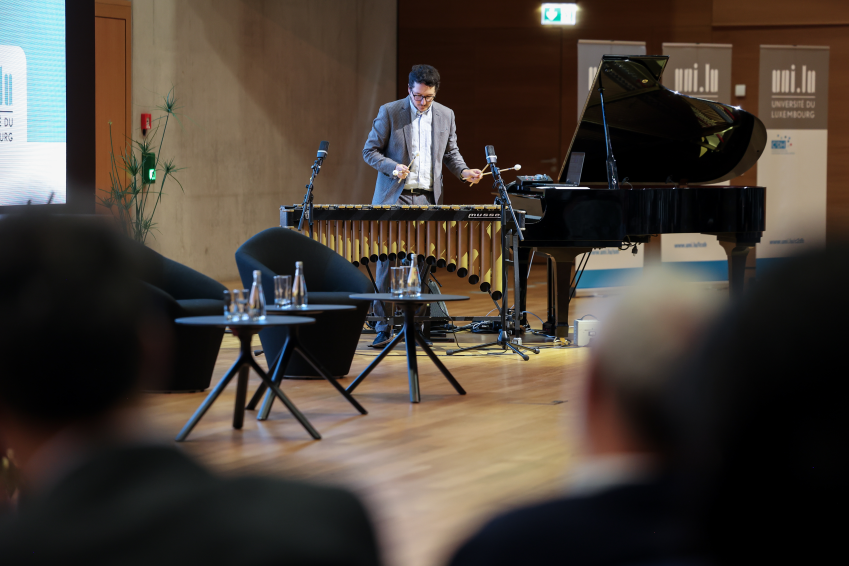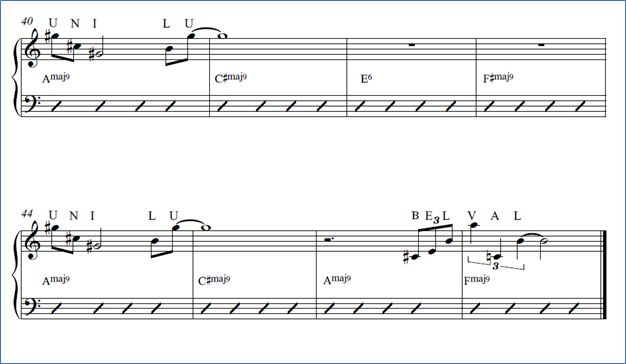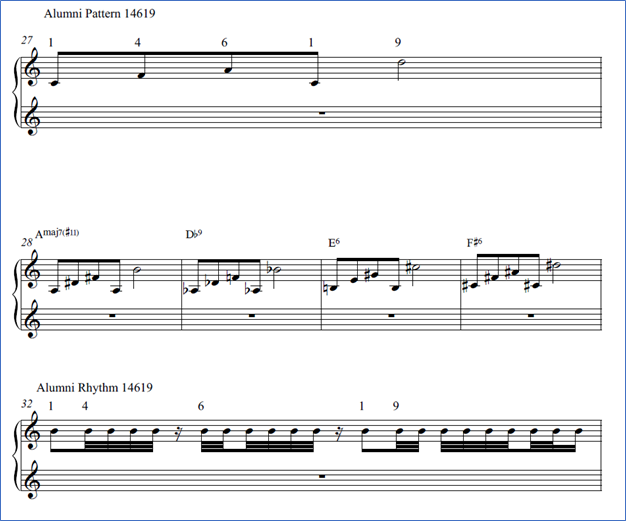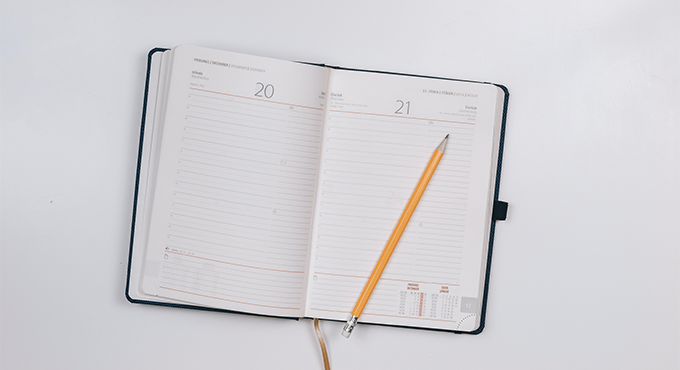News

The Sound of (Alumni) Data – Where Science Meets Art
Music is often an essential part of academic celebrations, and the University of Luxembourg's 20th Anniversary ceremony on 14 September 2023 was no different. To commemorate the occasion, the University reached out to local musician Pol Belardi with a request to create an original composition to mark the university's 20th birthday.
But not just any composition. Inspired by The Sound of Data project for Esch 2022, Pol created and performed a piece called “20 Years Uni.Lu - A Soniversary”, which turned data on the university's alumni into music. Many in the audience were wondering how the data can be transformed into music so we went directly to the source and discovered with Pol the magic behind the process of turning numbers and words into the melody.
Pol is a composer and multi-instrumentalist playing piano, drums, bass guitar and many other instruments. His projects are mainly connected to the jazz genre, but he works with different styles. He writes commission compositions for theatre and film and was approached by the University of Luxembourg to collaborate on the Sound of Data project. “I've always been very curious and very open minded and even though I studied jazz, I've never been afraid of touching other styles as well, ranging from alternative rock to electronic music and hip hop,” says Pol. “My work was always impacted by different styles and ideas, and I was also familiar with the principle of data sonification, so when I was approached by the University with the Science of Data project, it was something very interesting for me to be part of.”
Data sonification is the use numbers or any other form of data and information that is not linked to music in order to turn it into music by principles that the composer can invent or by using principals that are already there. “Two basic ideas that I always use is when you put the alphabet on the piano keys, for example, so A would be the first note, B would be the second note, etc.” Pol explains. “Don't get me wrong, you can also do that even with the existing letters because in the Anglo-Saxon system and the German system they use letters to determine the notes. Bach, for example, already spelled his name in music so that is quite an old principle. However, if you use the whole alphabet, you also get the letters that are not yet linked to note name, you just put it on the piano and then you can spell any name or any word in the melody form.”

Sheet music for alphabetic values in the data set
Then this system was applied by Pol to turn words like “Belval” or “Uni.lu” into the music letter by letter, note by note.

Sheet Music for Belval and Uni.lu part
For the words it is clear now but what about the numbers, you’ll ask. Well, apparently the idea of data sonification goes a bit further than just turning letters into notes and has solution for numerical data too. “You can take any number and everything that has certain parameters applied in music that already uses numbers such as, for example, the frequency in Hertz, to determine the pitch of a note,” elaborates Pol. “You could potentially also use all the numbers that you get and turn them into sound by just feeding them to an oscillator, for example. That process is generating a special frequency. That is also something that I used for the Sound of Data project. You can also always turn the numbers into rhythm.”

Sheet music example for numeric data
Above you can see an example of how Pol turned the year when the University of Luxembourg was established into the music by breaking the number 2003 into two units (2 and 003) and then using a rhythm principle.
Alumni data also went through the process of data sonification. This includes the number of students that got their degrees at the University of Luxembourg, their nationalities, etc.

Sheet music of Alumni data: 14,619 graduates at the moment of the creation of the piece
One might wonder how this systematic approach can impact the end result. People present in the audience on 14 September can confirm that the University of Luxembourg sounded really nice and even melodic when Pol performed on stage. Is it a coincidence? Or did Pol worked some magic? “There are data sonification people that do that in a more scientific way where everything that you hear in the end is really just data. They are very strict with what they use, and they really want to have the “nude” sound of the data,” smiles Pol. “Since I consider myself more of a musician and a composer rather than a scientist, I use the material as my main ingredients but the thing that I compose around is still musical.”
This answers the question we all have in our mind: will machines replace us soon and will the next Sound of Data be done by AI. If we just want to know how our data sounds, the numbers can create something concretely audible very fast because there is no need to do that manually. However, to make it also pleasant to listen to and less of a classical robotic or machinery sound, you need a composer to finalise the piece and this is where the art of data sonification comes in, led by specialists like Pol.















No comment
Log in to post comment. Log in.